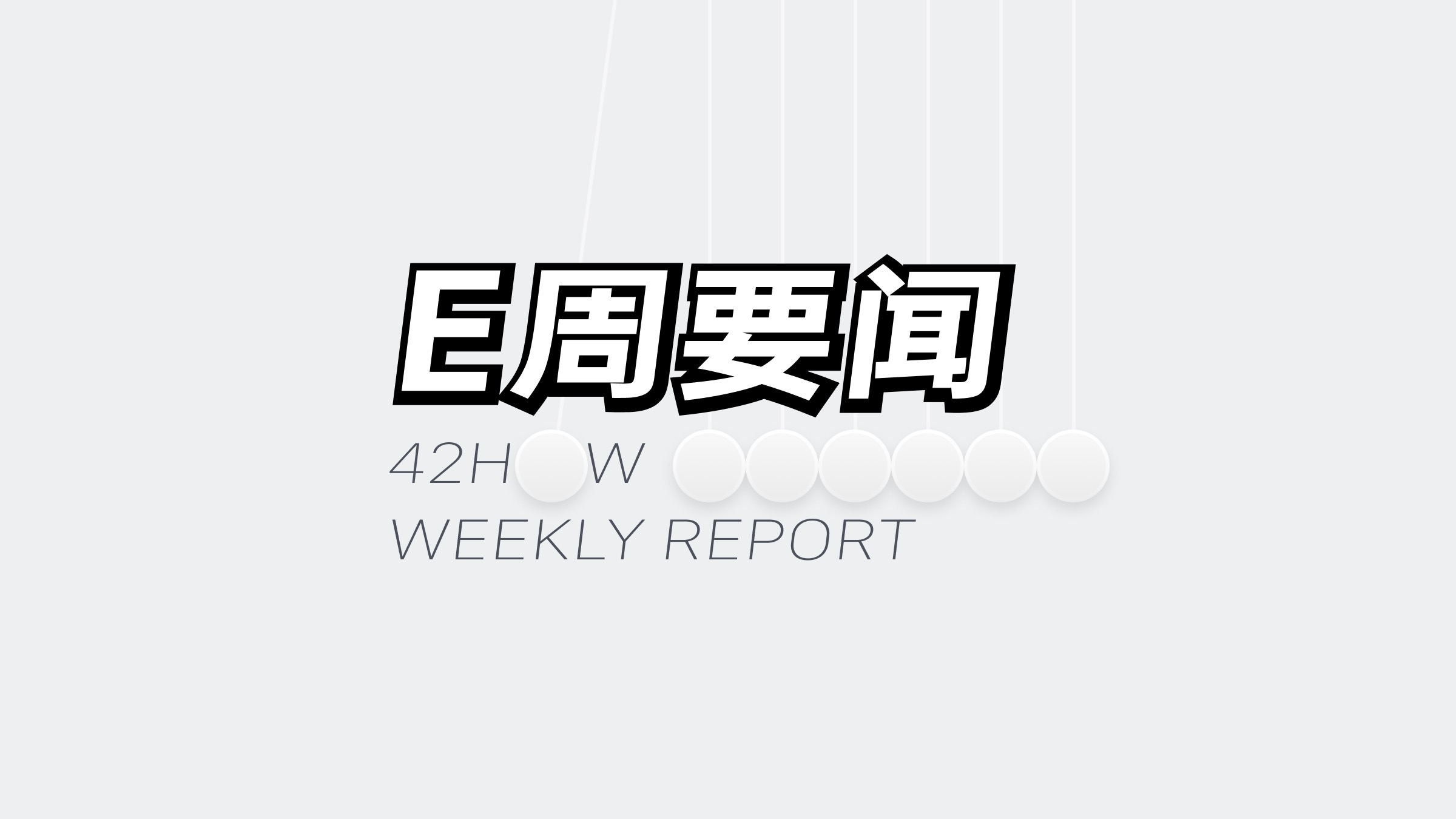PART 1 Weekly Indices
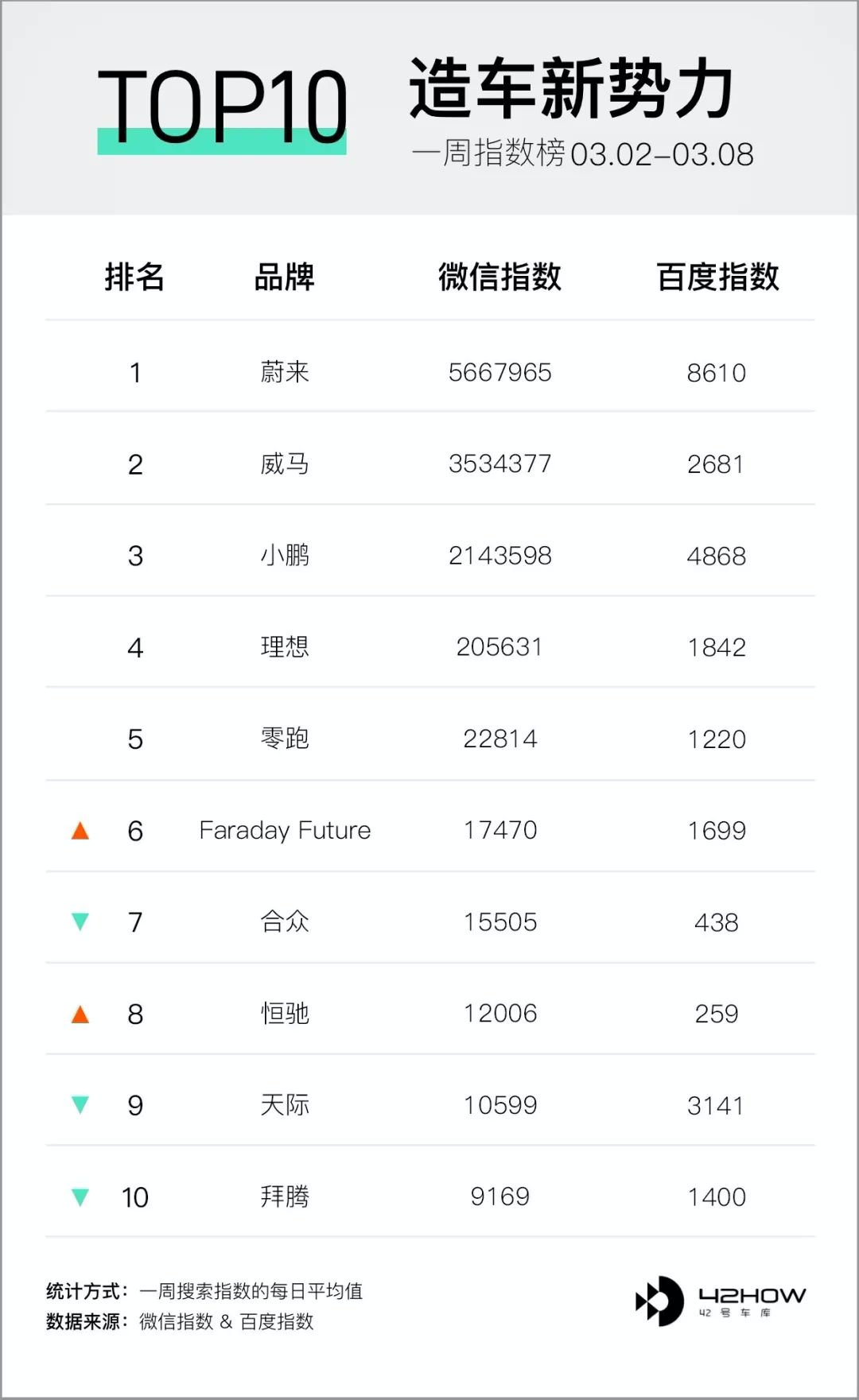
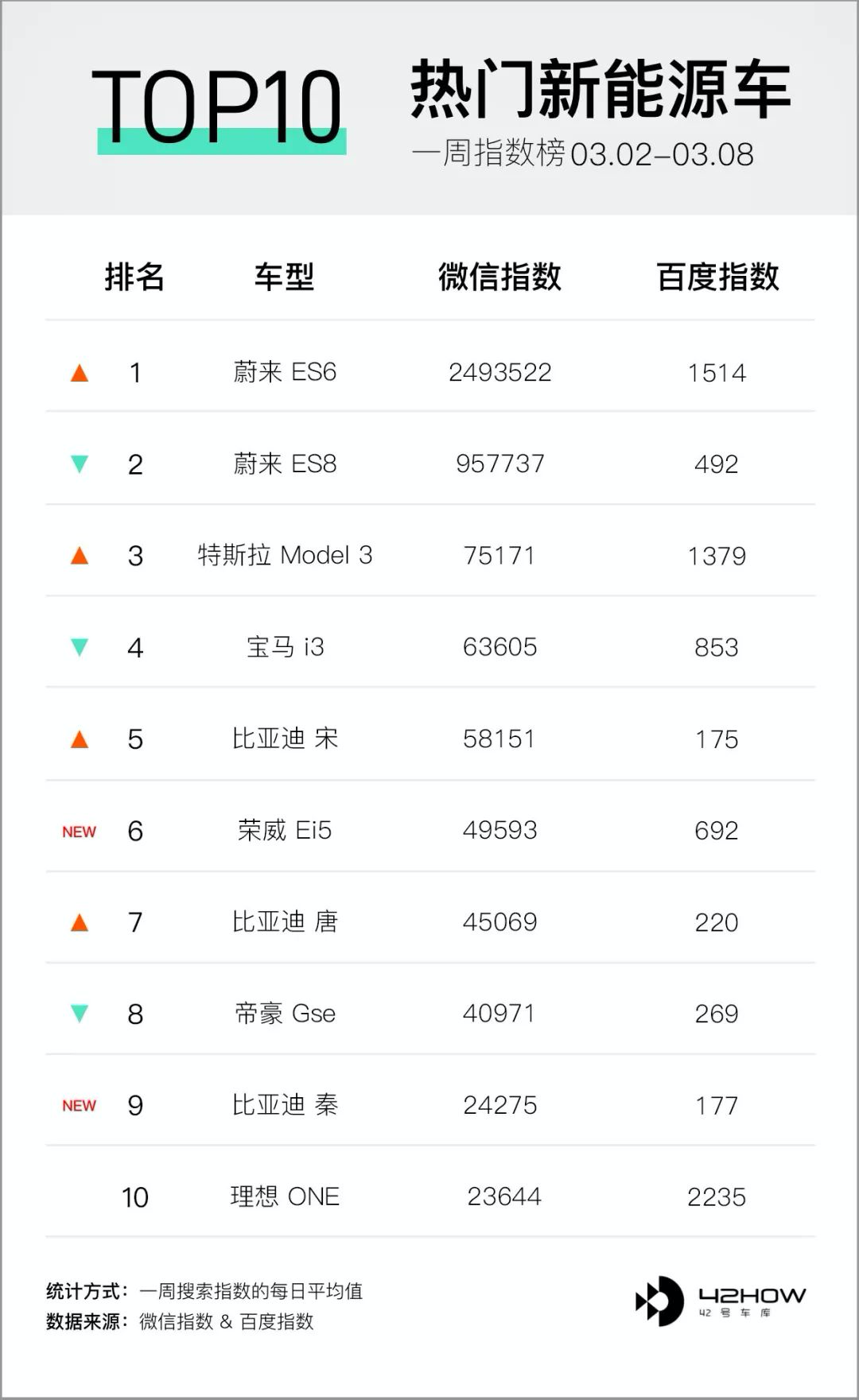
PART 2 Weekly News
①Tesla Officially Announces HW3.0 Chip Upgrade Plan
Last week, Tesla China received feedback from some Chinese-made standard range upgrade Model 3 owners, indicating that the hardware code of their vehicle controllers was inconsistent with the environmental preservation information listed on the car checklist. Regarding this issue, Tesla made the following statement:
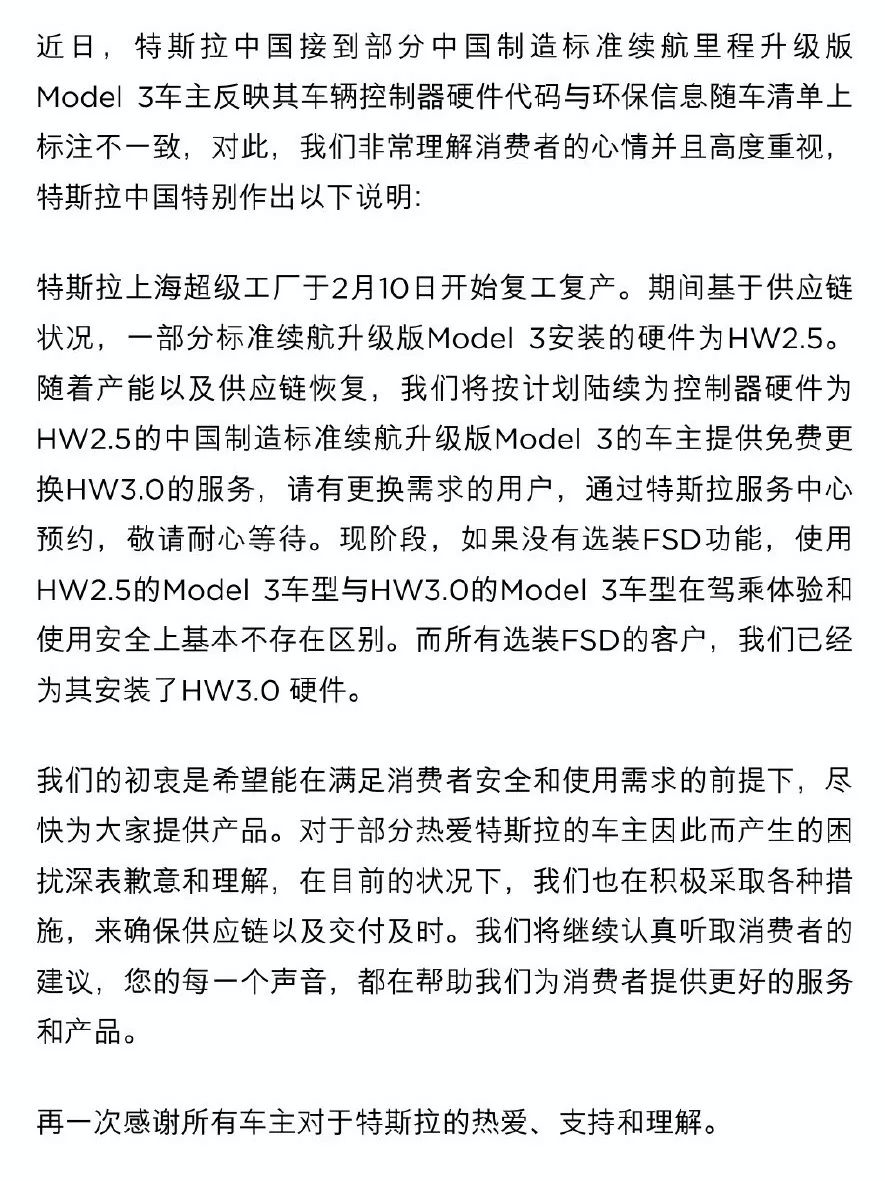
Tesla Shanghai Super Factory resumed work on February 10. During which time, due to supply chain conditions, some standard range upgrade Model 3s were installed with HW2.5 hardware.
As production capacity and supply chain recovery continue, we will continue to provide free replacement services for HW3.0 controllers to Chinese-made standard range upgrade Model 3 owners whose controller hardware is HW2.5 as planned. Users with replacement needs can make an appointment through Tesla Service Center and wait patiently.
At this stage, if FSD function is not selected, there is no significant difference in driving and safety experience between Model 3s with HW2.5 and HW3.0 hardware. All customers who have selected FSD have already had HW3.0 hardware installed.
Quick Comment: The above news is about the Chinese-made standard range upgrade Model 3 just delivered, but in fact, a large part of the old car owners who previously purchased imported Tesla also selected FSD function, but they were still equipped with HW2.5 chips.
For these car owners, fortunately, Tesla officials also timely declared over the weekend that they will open reservations in early April to upgrade HW3.0 chips for old car owners in China. Only vehicles equipped with 2.0 or 2.5 version hardware and purchased the “Full Self-Driving Capability” FSD software can enjoy a free upgrade to 3.0 chips. Because compared to the previous 1.0 version hardware with only a monocular camera, the significance of the upgrade is not significant.# Tesla Notes on FSD Purchase Page: “Configure Full Self-Driving Computer”
Tesla has written a note on their FSD purchase page stating that buying FSD will guarantee HW 3.0 chips in the future. As for those who do not purchase FSD, it will depend on Tesla’s domestic supply chain as the cost of HW3.0 chips still offer advantages.
NIO Secures $235 Million in Financing
On March 5th, NIO announced that it has completed $235 million convertible bond financing, which was invested by several Asian investment funds who are “unrelated parties” and purely financial investors. This financing is expected to be completed before March 11th.
NIO has announced a cumulative $435 million convertible bond financing in 2020 so far. This funding injection will undoubtedly help NIO go further during this difficult time in 2020. Despite the fact that the investment may be due to a cooperation framework agreement signed with the Hefei government for RMB 10 billion on February 25th.
General Motors Releases New Electric Car Platform
General Motors has announced the “All-New Ultium Battery and Drive System,” which has several features:
- Ultium batteries can be arranged both vertically and horizontally
- Ultium batteries have capacities ranging from 50 kWh to 200 kWh
- Electric cars equipped with Ultium batteries support home charging and DC fast charging. Most models will be equipped with 400 V battery packs and 200 kW fast charging capabilities, while electric pickups will be equipped with 800 V battery packs and 350 kW fast charging capabilities.
- GM’s internally developed motors will offer different options such as front-wheel drive, rear-wheel drive, four-wheel drive, and high-performance four-wheel drive.In addition, the Cadillac luxury electric SUV will be unveiled in April. The “electric Hummer pickup truck” equipped with Ultium batteries will be unveiled in May and is scheduled for official production in the fall of 2021 at the Hamtramck factory.
Brief comment: General Motors’ Hamtramck factory shut down the last gasoline vehicle last month and started a 12-18 month overhaul to transform it into an electric vehicle production factory. In addition to the vehicle production workshop, General Motors also realizes the importance of batteries to electric vehicles.
General Motors and LG Chem have joint venture to establish a battery factory in Ohio. They will shift their research from NCM to NCMA batteries, adding aluminum elements can reduce about 70% of cobalt elements. With this low-cobalt battery, the battery cost is expected to be reduced to less than “US$100 per kilowatt hour”.
However, it is not enough to reduce the cost alone. General Motors also claimed that the new battery will increase the energy density per unit volume. The new battery’s energy density per unit volume is 60% higher than the previous generation Bolt EV battery.
Nowadays, more and more manufacturers seem to realize that the power battery is the bottleneck of their development. Tesla is building battery cell pilot factories in Fremont, and General Motors is jointly funded with LG Chem. believe that more car companies will join the research and development of power batteries in the future.
④ BMW i4 Concept Car Officially Released
On March 3, the BMW i4 concept car was officially released. It is positioned as a pure electric four-door coupe with a WLTP driving range of 600 kilometers. The car adopts BMW’s fifth-generation new eDrive electric power driving technology, with a motor output of 390 kW and zero to 100 acceleration in 4 seconds. BMW i4 production will begin in Munich next year.
The exaggerated exterior design, coupled with the groundbreaking interior design, really caused a lot of heat when the BMW i4 was released.
Brief comment: Will the rapid entry of traditional luxury brands bring some competitive pressure to Tesla? Because the i4 product size is similar, and the positioning is close. All performance parameters are good, and if it is introduced in China in the future, everyone can look forward to it boldly. What will be the price?
BMW has set 2020 as the year of electric cars and plans to release a series of electric car models while also laying out a public charging network. In addition, it plans to establish three global battery factories. It seems that everything is prepared to join the electric vehicle camp.⑤ Chinese-made rear-wheel-drive long-range Model 3 with a range of 668 km and Xpeng P7 with a range of 706 km
On March 6th, the ranges of Chinese-made rear-wheel-drive long-range Model 3 and Xpeng P7 appeared in the Ministry of Industry and Information Technology’s announcement, with ranges of 668 km and 706 km respectively. This should correspond to the long-range rear-wheel-drive version of the Xpeng P7.
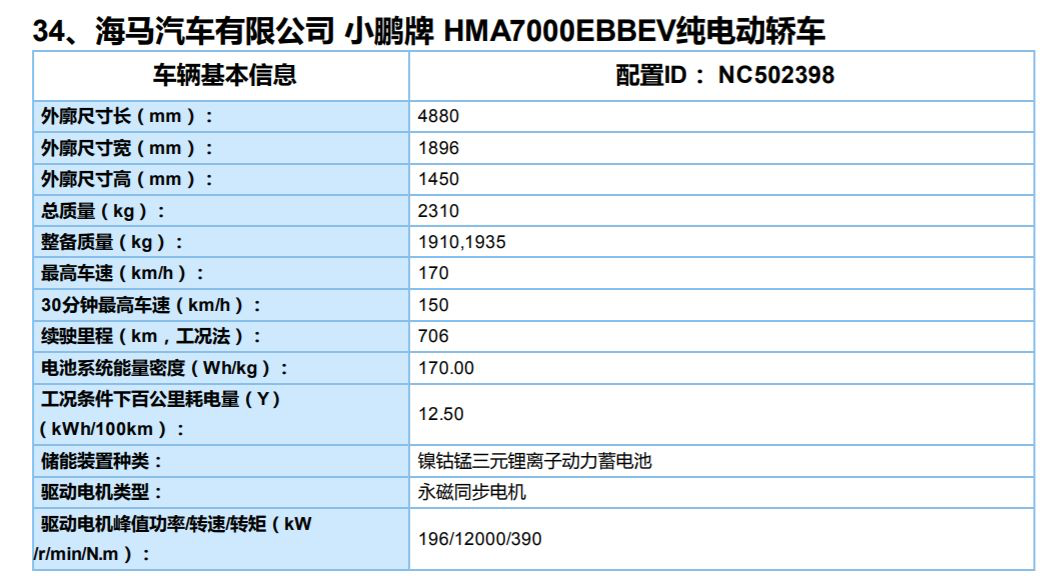
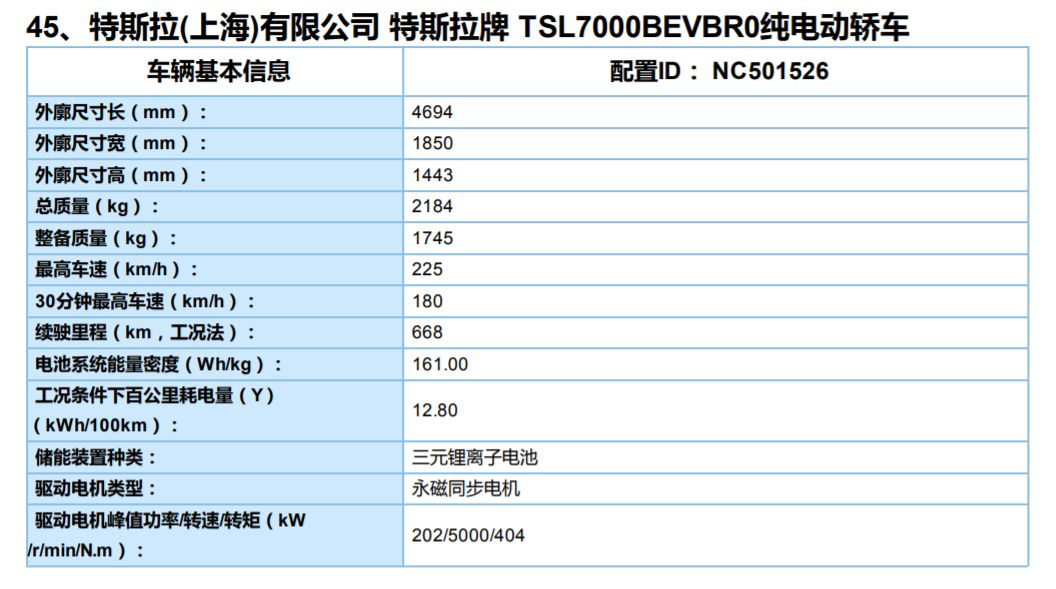
Xpeng P7 has an energy consumption of 12.5 kWh/100 km, while rear-wheel-drive long-range Model 3 has an energy consumption of 12.8 kWh/100 km. Xpeng P7 uses a battery energy density of 170 Wh/kg, slightly higher than Model 3’s 161 Wh/kg.
Commentary: Although this time the range data is given based on the NEDC standard, the Xpeng P7 has become the electric vehicle with the longest range among domestic pure electric vehicles. Xpeng P7 is slightly larger than the Model 3, but this does not affect the fact that the two cars will become competitors.
At this rate, both cars can be on the market and delivered as early as April and as late as June. So how will the sales volume be in the end, depends on the pricing strategy of the two cars. Which one do you prefer?
⑥ Guangzhou: giving a subsidy of 10,000 yuan for purchasing new energy vehicles
On March 3rd, the Guangzhou government issued a document titled “Measures for Winning the Battle against COVID-19 and Achieving the Yearly Economic and Social Development Targets of Guangzhou City”. In order to boost car consumption, it was stated that a comprehensive subsidy of 10,000 yuan would be given to consumers for purchasing new energy vehicles, and consumers who replace or scrap their old cars and purchase “National VI” new cars registered in Guangzhou will receive a subsidy of 3,000 yuan per vehicle.

Commentary: According to previous policies, 2020 is the last year for the ten-year new energy subsidy. Whether subsidies will continue after that remains a question. The local subsidy of Guangzhou this time is a strategic measure during a special period. After the epidemic, every province and city will face the pressure of economic development. Initiating local subsidies can promote bulk consumption of cars.In January this year, the Minister of Industry and Information Technology, Miao Wei, stated that subsidies after July 2020 will not continue to decline. This leaves a great room for imagination for the new energy vehicle market. Let’s wait and see the national subsidy policy after July.
This article is a translation by ChatGPT of a Chinese report from 42HOW. If you have any questions about it, please email bd@42how.com.
